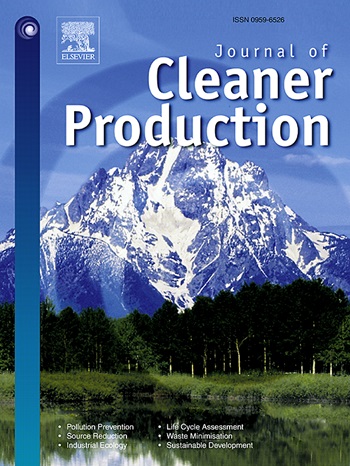Hierarchical iron phosphides@hard carbon composite cathodes for phenol degradation by highly efficient heterogeneous electro-Fenton
IF 10
1区 环境科学与生态学
Q1 ENGINEERING, ENVIRONMENTAL
引用次数: 0
Abstract
Heterogeneous electro-Fenton is a promising wastewater treatment technology that can efficiently degrade organic pollutants without secondary pollution. However, challenges persist in developing streamlined synthesis methods for high-performance, cost-effective cathode catalysts. Herein, hierarchical iron phosphides@hard carbon composites with porous heterostructures were engineered through a synergistic approach involving high-temperature calcination, chemical activation, and iron phosphide doping. It features effective doping of FeP nanoparticles, a relatively high specific surface area, and abundant catalytically active sites. The optimal catalyst achieved 95.4 % phenol degradation within 180 min under neutral conditions, coupled with 61.4 % chemical oxygen demand (COD) removal. Notably, the system maintained 90.0 % phenol removal efficiency over 20 recycling times, far exceeding some reported cathodes. A key advancement lies in the catalyst's broad pH adaptability (pH 3–9), effectively eliminating the stringent pH limitations (typically pH 2–4) inherent to traditional homogeneous electro-Fenton systems. The superior performance of the composite catalyst demonstrates the viability of biomass-derived hard carbon for wastewater treatment and offers a novel reference for its application in the realm of electro-Fenton degradation.

高效非均相电fenton降解苯酚的分级铁phosphides@hard碳复合阴极
非均相电fenton是一种很有前途的污水处理技术,它可以有效地降解有机污染物而不产生二次污染。然而,开发高效、经济的阴极催化剂的简化合成方法仍然存在挑战。本文通过高温煅烧、化学活化和磷化铁掺杂的协同方法,设计了具有多孔异质结构的分级铁phosphides@hard碳复合材料。它具有有效掺杂FeP纳米颗粒,具有较高的比表面积和丰富的催化活性位点的特点。在中性条件下,最佳催化剂在180 min内对苯酚的降解率为95.4%,化学需氧量(COD)去除率为61.4%。值得注意的是,该系统在20次循环使用中保持了90%的苯酚去除率,远远超过了一些报道的阴极。一个关键的进步在于催化剂的广泛的pH适应性(pH 3-9),有效地消除了传统均相电fenton系统固有的严格的pH限制(通常pH 2-4)。复合催化剂的优异性能证明了生物质硬炭用于废水处理的可行性,为其在电fenton降解领域的应用提供了新的参考。
本文章由计算机程序翻译,如有差异,请以英文原文为准。
求助全文
约1分钟内获得全文
求助全文
来源期刊

Journal of Cleaner Production
环境科学-工程:环境
CiteScore
20.40
自引率
9.00%
发文量
4720
审稿时长
111 days
期刊介绍:
The Journal of Cleaner Production is an international, transdisciplinary journal that addresses and discusses theoretical and practical Cleaner Production, Environmental, and Sustainability issues. It aims to help societies become more sustainable by focusing on the concept of 'Cleaner Production', which aims at preventing waste production and increasing efficiencies in energy, water, resources, and human capital use. The journal serves as a platform for corporations, governments, education institutions, regions, and societies to engage in discussions and research related to Cleaner Production, environmental, and sustainability practices.
 求助内容:
求助内容: 应助结果提醒方式:
应助结果提醒方式:


